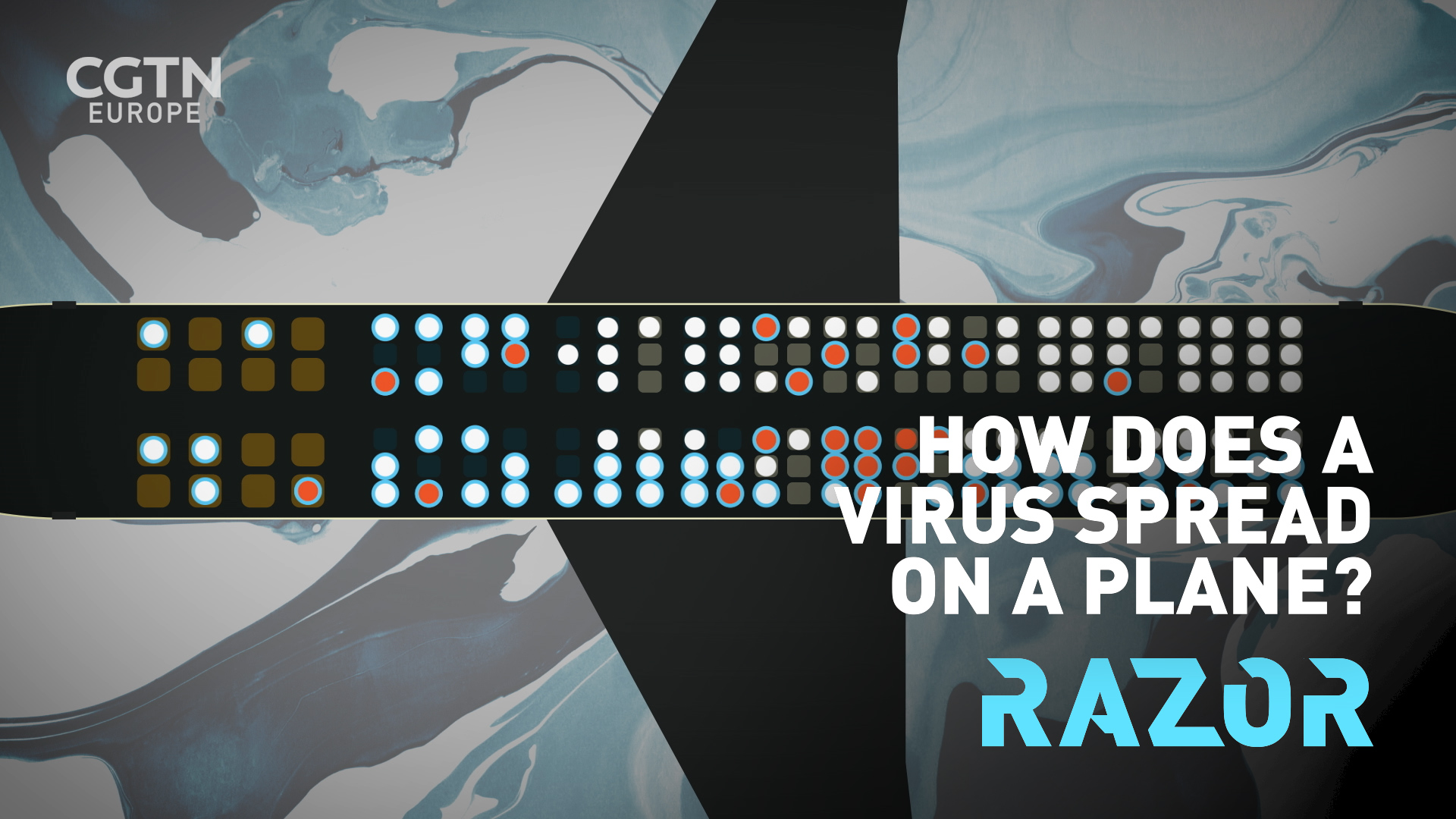06:33

Over the past few decades, the inexorable rise of budget airlines and no-frills flying has resulted in millions of passengers sacrificing personal space for low-cost tickets.
In a post-COVID-19 world, however, the aviation industry now faces a long-term financial crisis. How can it continue its existing model in a world of social distancing?
High Efficiency Particulate Air (HEPA) filters, which recycle cabin air 20 to 30 times an hour and can remove 99.995 percent of all virus particles, help to significantly reduce the transmission risk, but they are not a silver bullet. They require regular maintenance and replacement of the filters to maintain such efficiency.
READ MORE: The New Normal: Aviation
Removing the middle seat is one regular suggestion to adhere to social distancing, but airlines worry that such a measure comes at a high cost that would be passed on to the consumer.
The Italian company Aviointeriors has proposed a cabin redesign that, though expensive, would keep passenger numbers high and protect against future pandemics.
Using past case studies of the spread of influenza and SARS on two separate flights, this RAZOR animation takes a look at the transmission dynamics of the coronavirus and what the aviation industry is doing to protect its passengers.
Check out The Pandemic Playbook, CGTN Europe's major investigation into the lessons learned from COVID-19.